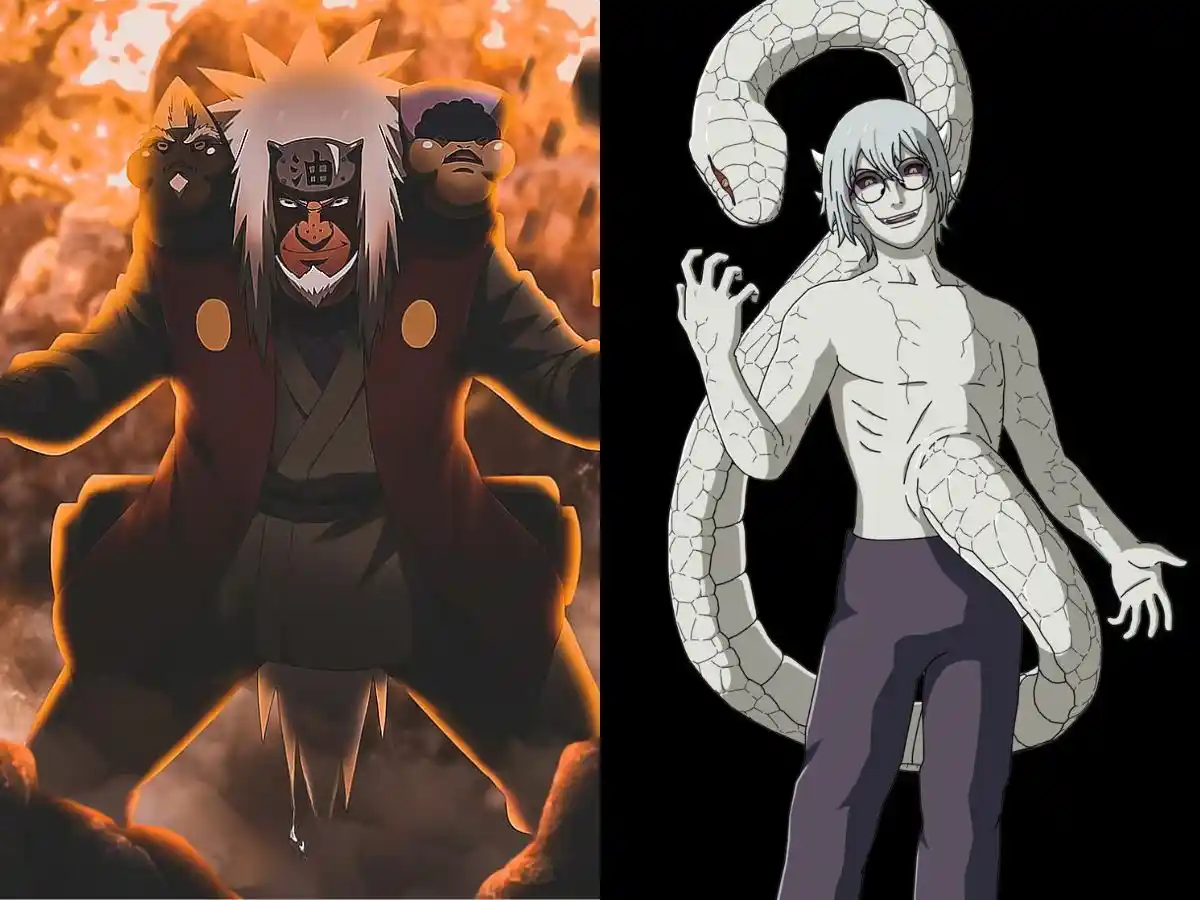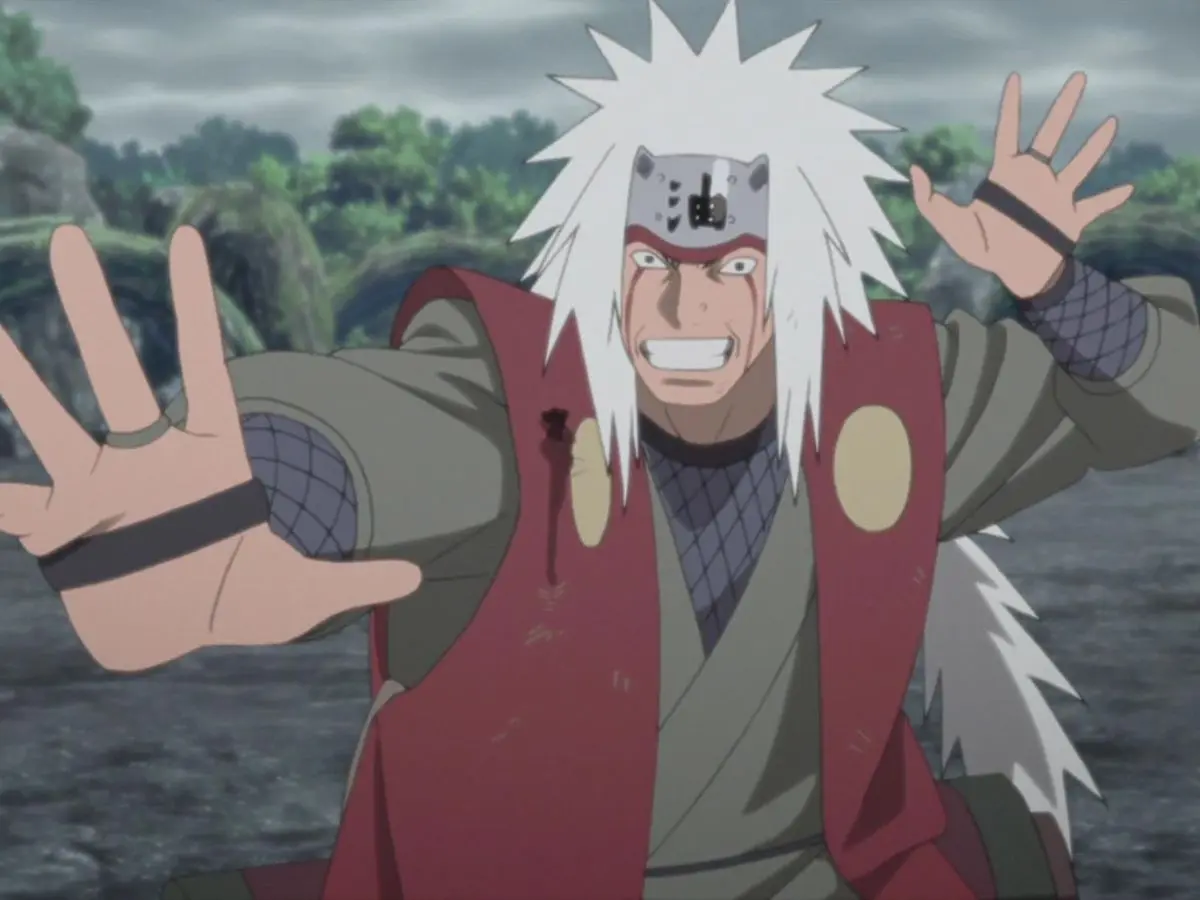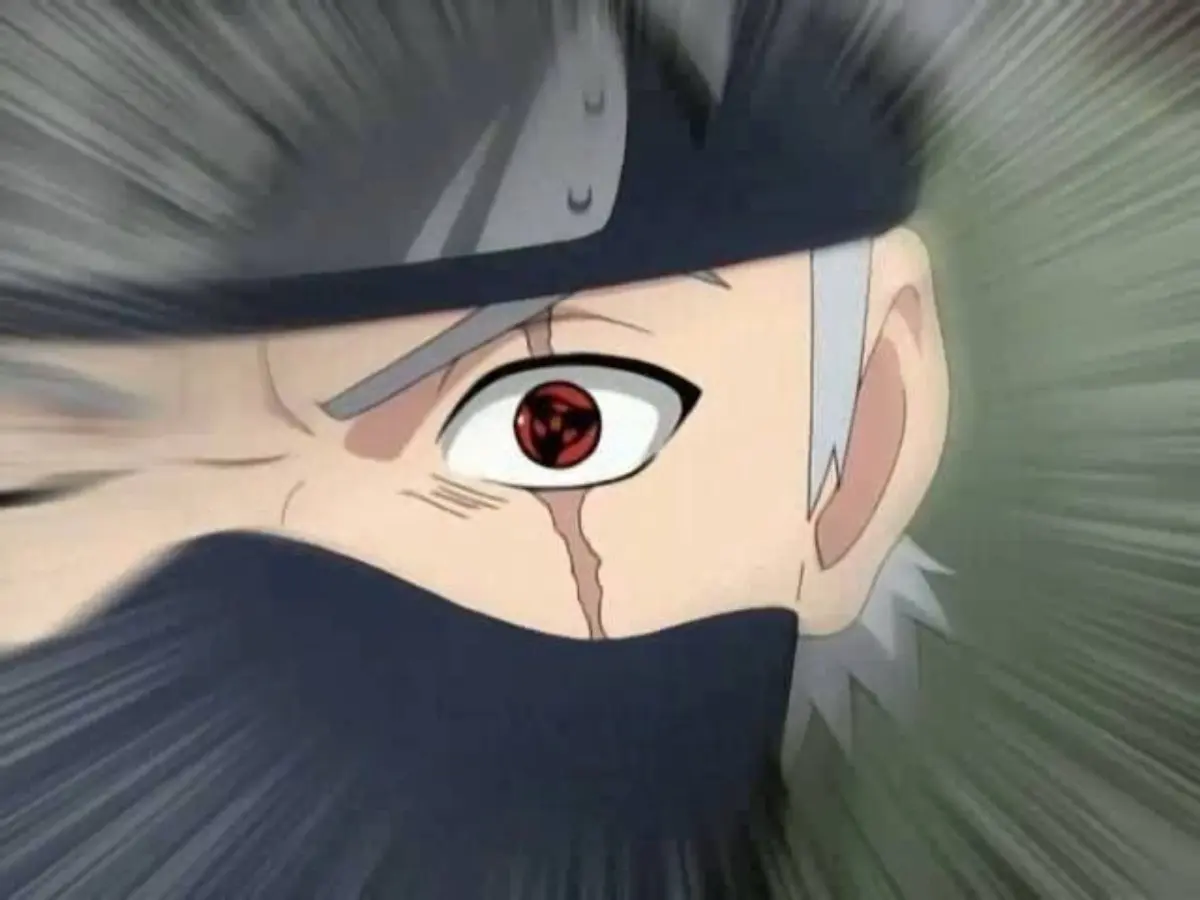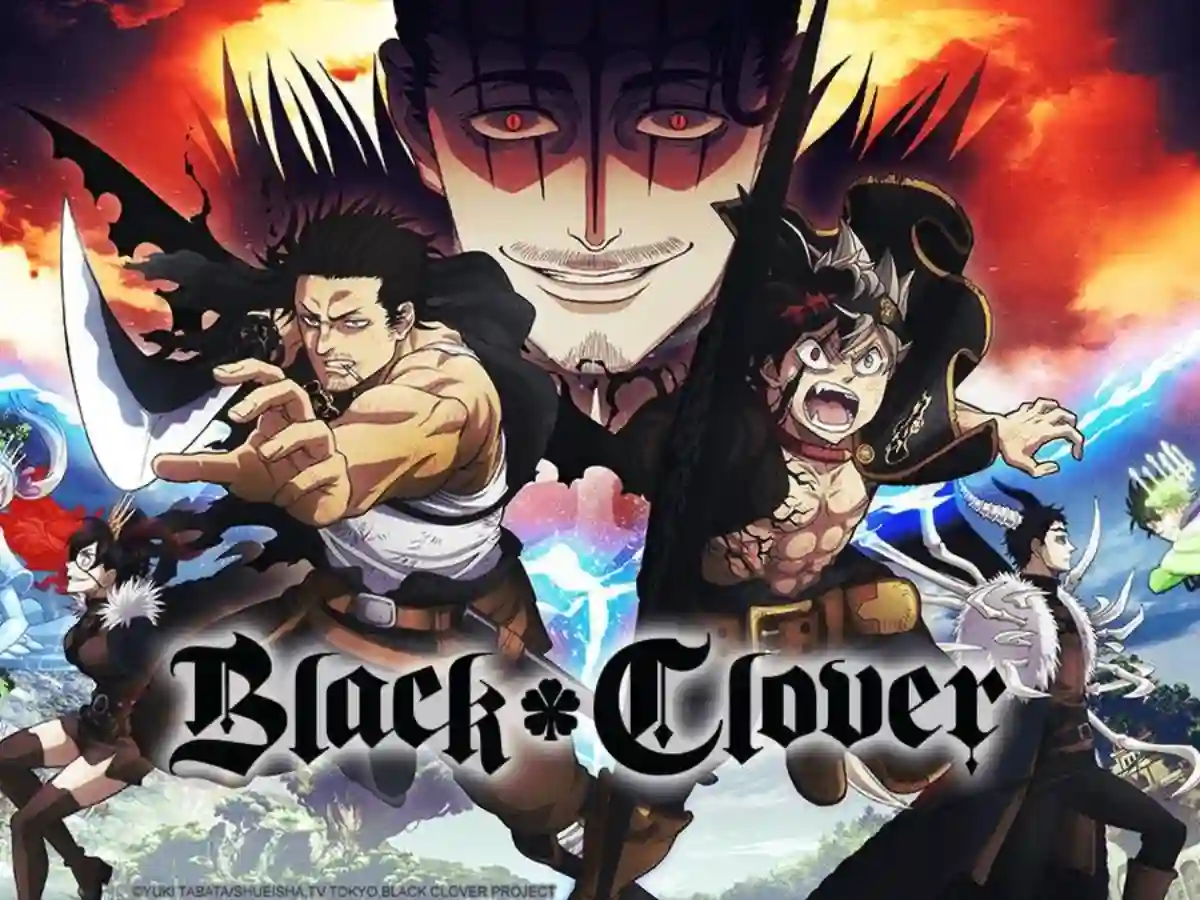The Fourth Great Ninja War arc in Masashi Kishimoto’s Naruto series brought forth a formidable conflict, marked by the resurrection of deceased warriors through Kabuto Yakushi’s Edo Tensei technique. However, one notable absence among the reanimated shinobi was Jiraiya, the legendary Sannin.
This strategic omission by Kabuto raised questions among fans, prompting a closer look at the narrative and logistical reasons behind his decision.
Also Read: Five Jutsu Techniques Even “Copy Ninja” Kakashi Hatake Couldn’t Copy
Three Reasons Why Jiraiya Was Not Reanimated
Unpredictability and Potential Risks
Jiraiya’s reputation as a powerful and unpredictable ninja played a crucial role in Kabuto’s decision-making. The Sannin’s intelligence, combat prowess, and strategic thinking made him a potential threat, even as a reanimated corpse.
Kabuto, aiming to maximize the efficiency of his resurrected army while minimizing risks, likely considered the potential disruption that Jiraiya could bring to his plans.
Lack of Genetic Material
One of the fundamental requirements for the Edo Tensei technique is a sample of the deceased’s DNA. In the case of Jiraiya, his body was lost at the depths of the ocean following his heroic battle against Pain. This lack of accessible genetic material made it practically impossible for Kabuto to include the Toad Sage among his resurrected warriors.
Also Read: New Theory That Shows How Kakashi Could Get His Sharingan Back With A Little Help From Sasuke Uchiha
Narrative Considerations
Beyond logistical and strategic reasons, the decision not to reanimate Jiraiya carried significant narrative weight. Jiraiya’s death had a profound impact on the protagonist, Naruto, and the entire Narutoverse.
His sacrifice served as a catalyst for Naruto’s growth and development. Bringing Jiraiya back to life could have diminished the emotional impact of his demise and the subsequent character evolution of Naruto.
The Verdict
Kabuto’s omission of Jiraiya from the resurrected ranks during the Fourth Great Ninja War was a calculated decision driven by both logistical constraints and strategic considerations. The lack of genetic material, coupled with the potential risks posed by Jiraiya’s formidable abilities, influenced Kabuto’s choices.
Furthermore, maintaining the emotional integrity of Jiraiya’s sacrifice played a pivotal role in preserving the narrative depth and impact of his character within the overarching storyline of Naruto.




